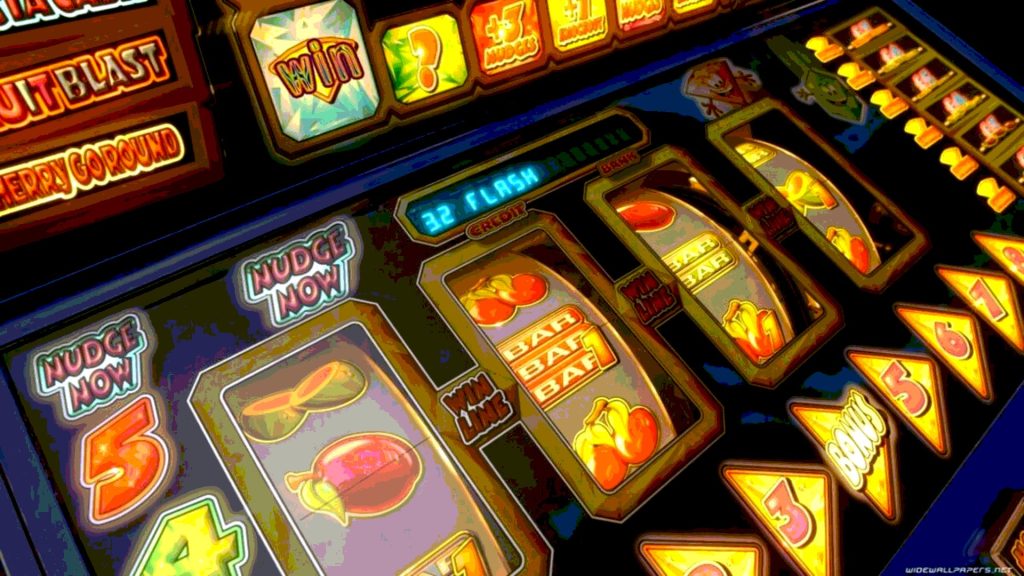When delving into the world of slot games, one of the most critical concepts to understand is volatility, which can significantly influence your gaming experience and strategy. Slot game volatility, often referred to as variance, describes the risk level associated with a particular slot machine. In simpler terms, it indicates how often a slot pays out and the size of those payouts. Understanding volatility is essential for players looking to maximize their enjoyment and potentially their winnings while minimizing losses. Volatility is typically classified into three categories: low, medium, and high. Low-volatility slots are known for their frequent but smaller payouts. These games appeal to players who prefer a steady stream of wins, providing a sense of security and entertainment. They are ideal for beginners or those playing with a smaller bankroll, as the risk of significant loss is minimized. However, while the payouts are consistent, they may not lead to substantial jackpots, which can be a downside for players seeking big wins.

On the other end of the spectrum are high-volatility slots. These games offer less frequent payouts, but when wins do occur, they tend to be much larger. High-volatility slots are suited for players who can afford to take greater risks and are looking for the thrill of potentially hitting a massive jackpot. However, it is important to note that these games can lead to longer periods of drought where no wins are seen, which can be frustrating and may require a larger bankroll to endure. Players should approach high-volatility slots with caution, ensuring they are comfortable with the inherent risk involved. Medium-volatility slots fall somewhere in between, offering a balanced mix of payout frequency and size. These games provide a blend of the excitement of high-volatility slots and the steadiness of low-volatility ones. They can be a great choice for players who want a varied gaming experience without leaning too heavily in either direction. By understanding these categories of volatility, players can better select games that align with their preferences and playing style.
Another factor to consider when assessing volatility is the slot online terpercaya game’s return to player RTP percentage. While RTP does not directly correlate with volatility, it provides insights into the overall payout potential of a game. Generally, higher RTP percentages indicate a better chance of winning in the long run, although this is balanced against the volatility of the slot. Players should also be mindful of their bankroll management and play within their means, regardless of the volatility level they choose. Ultimately, understanding slot game volatility is crucial for making informed decisions and enhancing your gaming experience. By recognizing your risk tolerance and aligning it with the appropriate volatility level, you can enjoy a more tailored and satisfying gameplay experience. Whether you prefer the frequent smaller wins of low volatility or the adrenaline rush of high volatility, knowing how to navigate these options will help you make the most of your time spent playing slots.